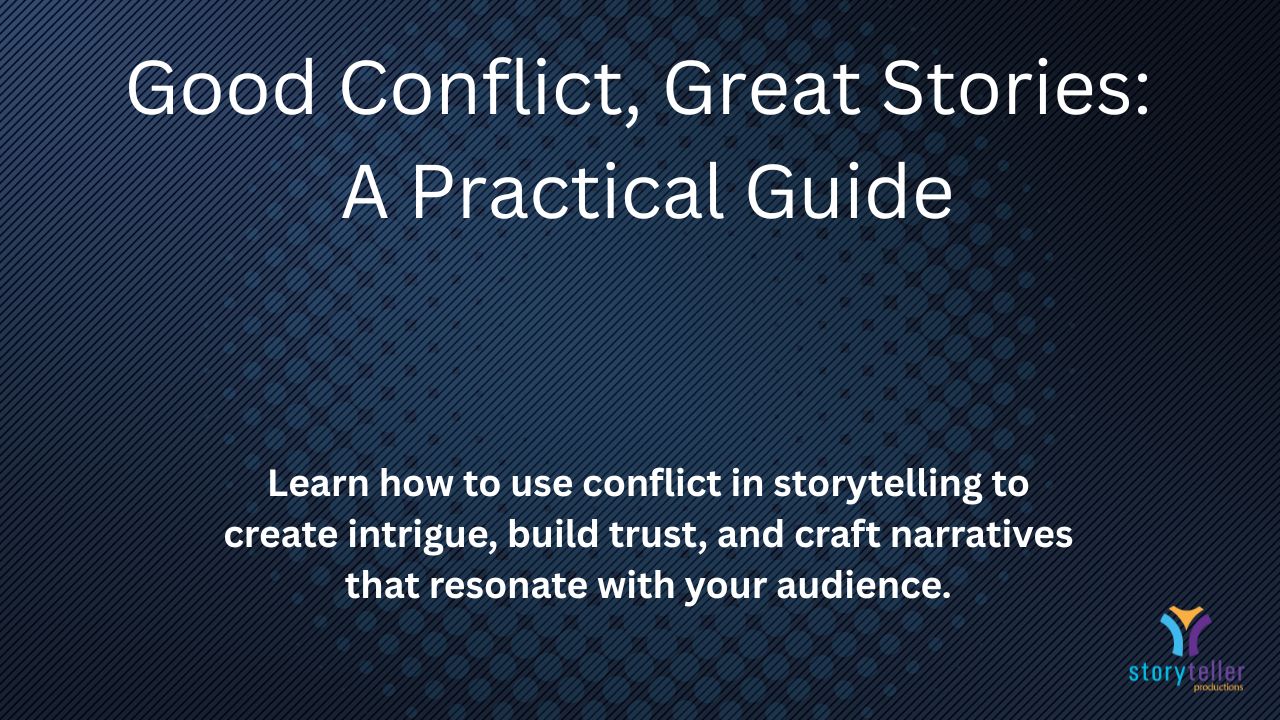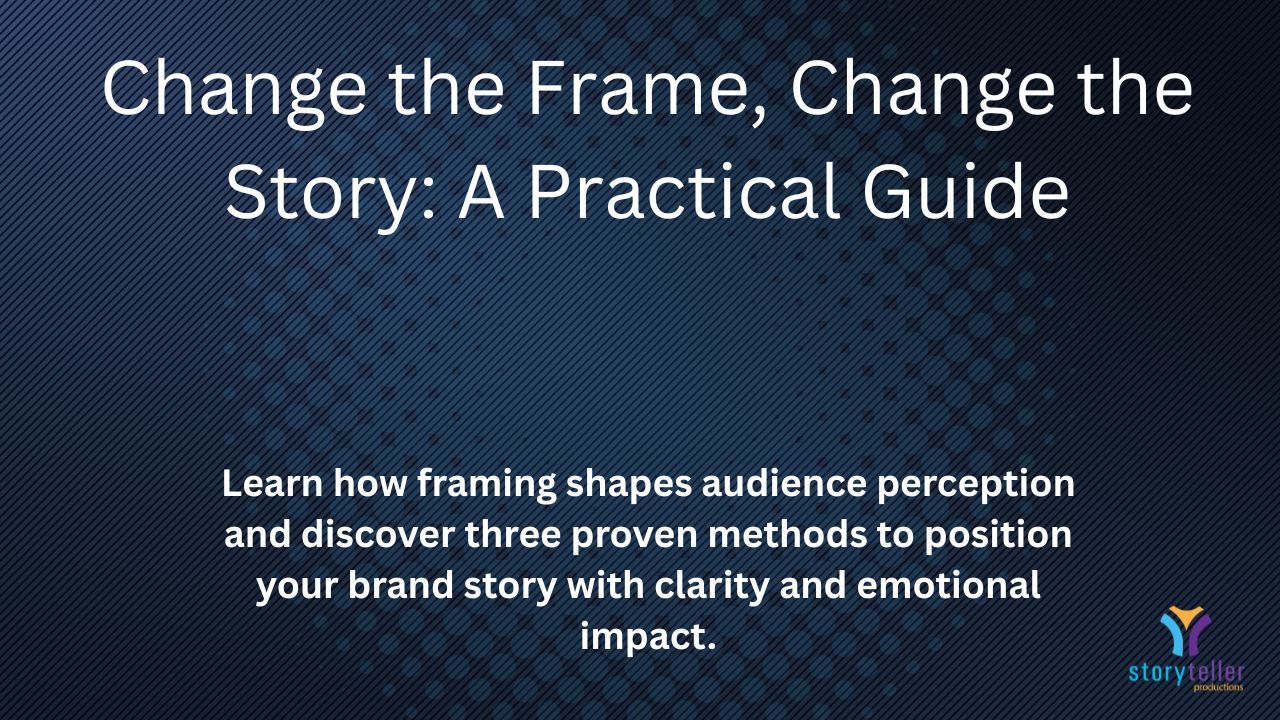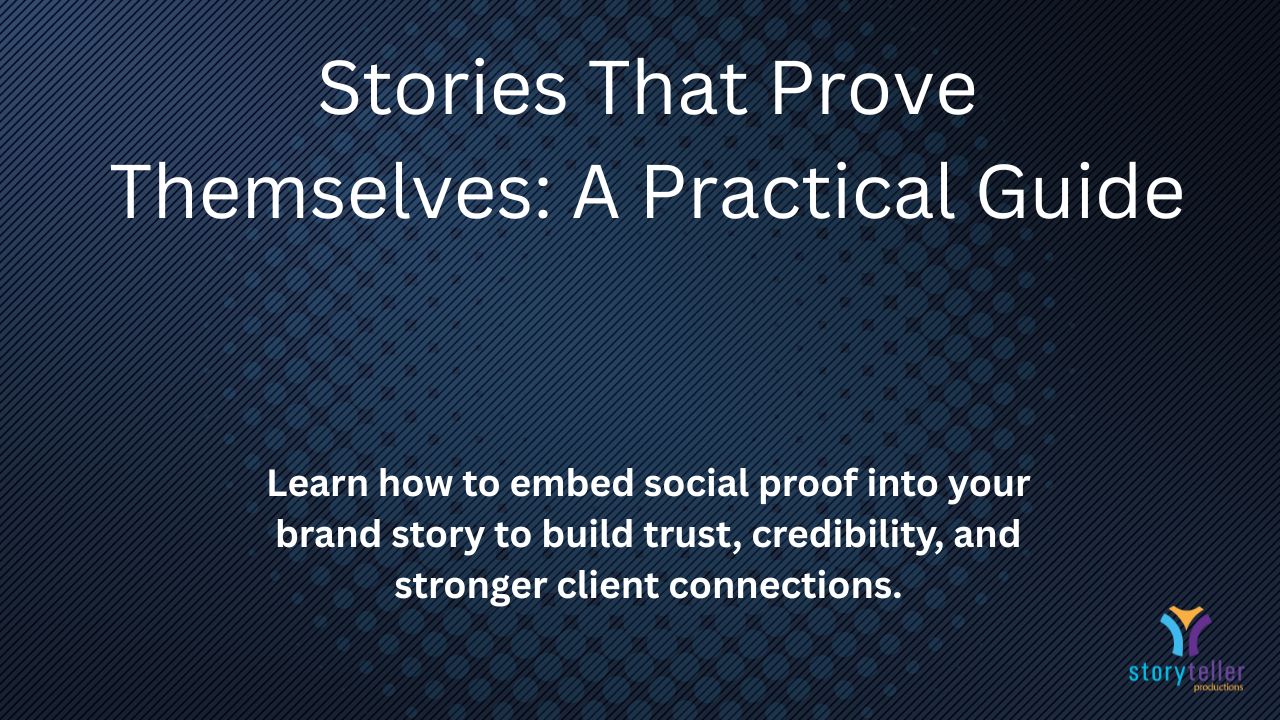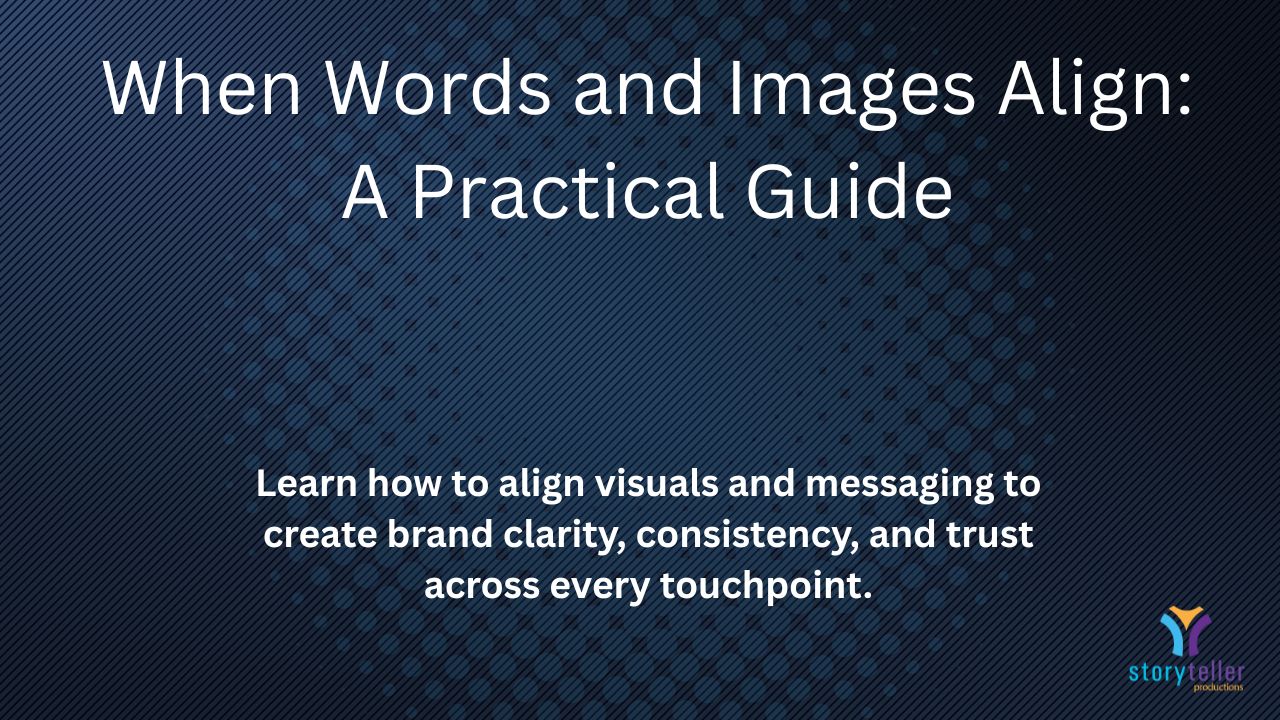Short-Form Without the Fluff: A Practical Guide
Let’s be honest: short-form content feels harder than it looks.
You open TikTok or Instagram and see people racking up millions of views with 15-second clips. You think, “Okay, I’ll try that.”
So you film something quick. Maybe you ramble a bit. Maybe you toss in a few hashtags. Then you post it… and the views trickle in. Not exactly what you had in mind.
Here’s the problem: short-form content isn’t about speed. It’s about precision. Every second counts. The good news? You don’t need fancy gear or a production team—you just need to stop doing what most people think works and start doing what actually works.
Mistake 1: Starting Slow
Most people begin with a long intro:
“Hey guys, just wanted to hop on here real quick and talk about…”
By the time you finish your sentence, the audience is gone.
A better way: Start with a hook that forces people to stop scrolling.
- “75% of people quit videos after 10 seconds—are you one of them?”
- “Stop multitasking—it’s killing your productivity.”
- “Ever hit snooze five times and regret it all day?”
- “This one mistake is costing you customers.”
The first five seconds aren’t warm-up—they’re the whole game.
Mistake 2: Trying to Say Too Much
You sit down to record and think, “I’ll share three productivity hacks.” Sounds good, right? Except in short-form, three ideas are two too many.
Your viewers leave confused—or worse, bored.
A better way: Focus on one idea, one tip, one takeaway.
- Productivity → “Stop multitasking.”
- Fitness → “Fix your push-up form in 10 seconds.”
- Marketing → “Consistency beats virality.”
If someone can’t repeat your point in one sentence, you’ve said too much.
Mistake 3: Talking Without Showing
A lot of short-form videos are just a face talking to the camera. That’s fine… but it gets boring fast.
A better way: Layer your message visually.
- Add text overlays to reinforce your point.
- Cut in B-roll or screen recordings.
- Use quick edits or transitions to keep momentum.
Think of it like this: if someone watches with the sound off, can they still get the point? If not, you’re missing half your audience.
Mistake 4: Forgetting to Engage
Most people treat short-form like a one-way street. They share, then hope people magically care.
A better way: Make it interactive.
- Ask: “What’s your biggest distraction?”
- Challenge: “Try this for 7 days and tell me what happens.”
- Prompt: “Drop a 🔥 if you agree.”
Engagement isn’t optional—it’s the signal the algorithm looks for.
Real-World Example
Take the jewelry maker who blew up on TikTok. At first, she posted slow, polished videos of her products. Nobody watched.
Then she switched it up: quick clips of her making jewelry, starting with, “Ever wondered how handmade jewelry is crafted?” She kept it under 60 seconds, showed visuals of her process, and ended with styling tips.
The result? Her follower count skyrocketed, and so did her sales.
Why? Because she stopped “showing off a product” and started “inviting people into a story.”
What You Should Do Instead
Here’s the formula most people miss:
- Hook fast → Question, stat, or bold statement.
- Say one thing → One tip, one lesson, one idea.
- Show it visually → Text overlays, B-roll, quick cuts.
- Invite engagement → Question, challenge, or CTA.
That’s it. That’s the difference between “just another clip” and content people watch, share, and remember.
Short-Form Scripts You Can Steal
To make this practical, here are three ready-to-use examples you could film today:
Script 1: Productivity (Multitasking)
- Hook (on-screen text + voice): “Multitasking is ruining your productivity.”
- Message (visual: someone typing with too many tabs open): “When you try to do three things at once, your brain slows down. You’re not efficient—you’re scattered.”
- Engagement: “Want to get more done? Try single-tasking for one hour today. What’s the hardest task for you to focus on?”
Script 2: Marketing (Consistency vs Virality)
- Hook: “Stop chasing viral content.”
- Message (visual: split screen—viral spikes vs steady growth): “Consistency beats virality every time. Ten solid posts build more trust than one lucky viral hit.”
- Engagement: “Do you post consistently—or only when you feel like it? Drop your answer in the comments.”
Script 3: Lifestyle/Wellness (Procrastination)
- Hook: “Procrastination = Stress.”
- Message (visual: someone bingeing Netflix while to-do list piles up): “The longer you delay, the heavier the task feels. Finishing it is usually less painful than avoiding it.”
- Engagement: “What’s the one thing you’ve been putting off all week? Comment it—and commit to doing it today.”
These aren’t just examples—they’re templates. Swap in your topic, your visuals, your one-line message, and you’re set.
Closing Thought
So before you hit record on your next TikTok or Reel, pause and ask:
- Is my hook strong enough to stop the scroll?
- Am I only saying one thing?
- Did I show it visually, not just say it?
- Did I invite the audience to respond?
If the answer’s “yes” to all four, you’re not just making content—you’re making content that sticks.
Want more frameworks that cut the fluff and make your content binge-worthy? Subscribe to The Storyteller Advantage for weekly strategies to sharpen your storytelling and grow your audience.




